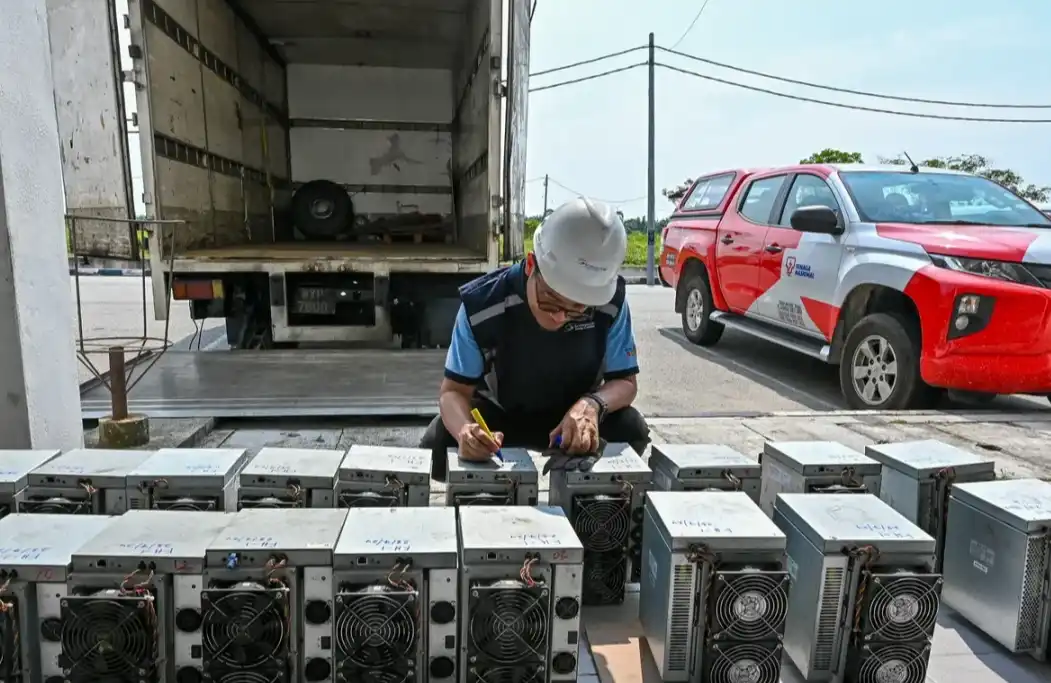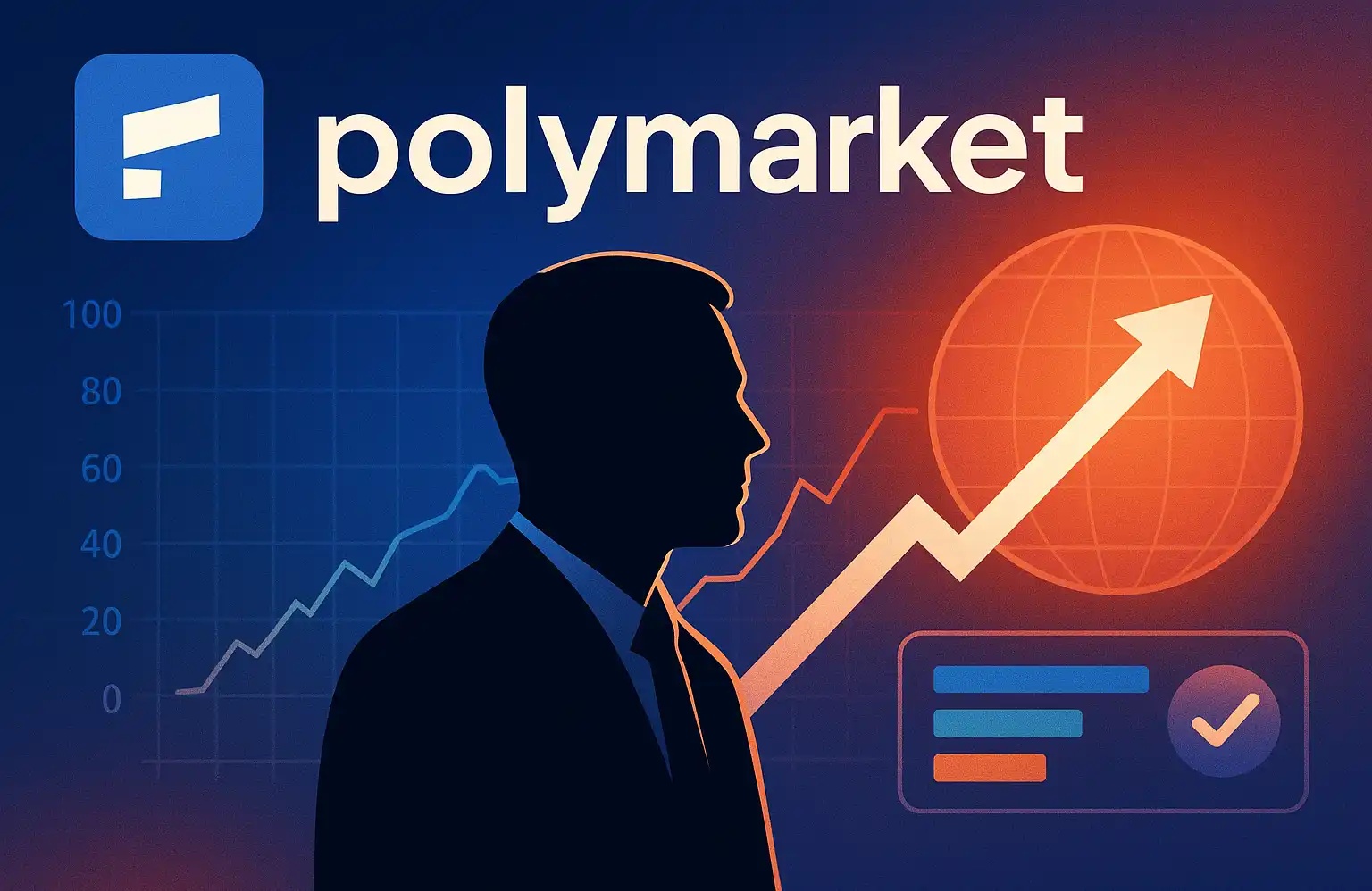The skyrocketing MetaDao, which has surged 10X, is its ICO worth participating in?
On October 12, MetaDao, the launchpad on the Solana chain, launched its new round of ICO projects, namely AVICI, LOYAL, ZKSOL, PAYSTREAM. Just the week before, as the BSC chain was engulfed in a meme coin frenzy, MetaDAO's popularity continued to rise within the Solana ecosystem. Its platform token, META, saw a growth of over 3 times during the national holiday, becoming one of the most prominent assets on Solana. Its ICO project UMBRA, launched on October 6, skyrocketed from a presale price of $0.3 to $2.1, with a return rate of up to 700%.

This series of data not only reflects MetaDAO's strong ability as a "on-chain fundraising engine" but also indicates that the speculative heat in the Solana ecosystem is fully returning. MetaDAO may become the core narrative of the next stage of the Solana ecosystem.
From "Voting" to "Betting": MetaDAO's Market-Oriented Governance Experiment
MetaDAO's operating model is fundamentally different from traditional Launchpads or ICO platforms. Its logic is simple: let the market determine the project's fate.
When a project raises funds on MetaDAO, all raised USDC does not go directly to the team's account but instead enters an on-chain treasury governed by the market. For the team to utilize the funds, mint new tokens, adjust parameters, or even change the product direction, they must propose a proposal. However, whether the proposal is approved is not determined by votes but by transactions – this is MetaDAO's core governance mechanism, Futarchy.
This mechanism is similar to a prediction market, where investors are not "voting" but "betting." If they believe a proposal will increase token value, they buy the "For" market, and if they believe the proposal is harmful, they buy the "Against" market. In the end, the market price itself becomes the basis for judgment – the side that sees value appreciation wins, and the proposal is executed. This design completely removes governance from the structure of "whoever has the most votes decides" and links every decision directly to token value.
This mechanism has two significant advantages.
Firstly, it prevents rug pulls by project teams. In the traditional ICO model, once a project successfully raises funds, investors lose almost all balance of power, and funds can be misappropriated or disappear at any time. In MetaDAO, all USDC raised funds are held in an on-chain treasury, and any spending or token minting must be validated through market games. If the project team exits or the market value falls below the book value, anyone can propose to redeem the funds. Governance logic no longer relies on "trust the team" but on "trust the mechanism."
Next is to align incentives with long-term value. MetaDAO's ICO model adopts a highly dynamic and transparent issuance approach. Investors receive tokens proportionally to their contribution to the project, while the team's rewards are locked in a "performance package" tied to price milestones. The team will only unlock their incentives in increments as the token price reaches 2x, 4x, 8x, 16x, 32x, with all unlocks subject to an 18-month lockup period and a 3-month volume-weighted average price validation.
This means that only when the project continues to grow and the token truly gains market acceptance, can the team realize their rewards. This "delayed gratification" structure redraws the line between short-term speculation and long-term development.
Which Projects Are Worth Watching
@UmbraPrivacy
UMBRA is a Solana privacy protocol built on top of @ArciumHQ, aiming not just for "privacy transactions" but to provide a compliant, auditable privacy infrastructure for the entire on-chain financial system. By constructing an auditable anonymous transfer system, UMBRA enables transactions to be verified on-chain without exposing any critical details, allowing privacy and trust to coexist. UMBRA's governance is fully decentralized — the community holds the funding, tokens, and treasury. The team and early supporters share 13.5 million tokens, but these will only gradually unlock after an 18-month lockup, with their rewards tied to token performance.
@AviciMoney
Avici is a new crypto-native bank built on Solana, aiming to create a user self-custody, trustless global internet banking system. Users can open a stablecoin Visa card in minutes, spend crypto assets directly, and deposit funds through virtual accounts. Avici also plans to introduce on-chain credit scoring, replacing traditional credit bureaus with zero-knowledge proofs to provide users with more equitable credit services while safeguarding privacy. The platform currently has a transaction volume exceeding $1 million, a 70% retention rate, over 9,000 users. Avici will launch its ICO on MetaDAO on October 14, issuing Ownership Coin.
@loyal_hq
Loyal is a decentralized intelligent reasoning protocol built on Solana and MagicBlock infrastructure, aiming to rebuild a privacy-oriented and open-source intelligent network. It enables users to securely invoke AI models on-chain, engage in private conversations, and generate a PDA (Program Derived Address) in their wallets responsible for recording sessions and acting as a payment settlement node. AI reasoning fees are automatically distributed to compute nodes, developers, and the protocol itself, achieving a fully decentralized incentive loop. The project will launch its ICO on MetaDAO on October 18, with a total token supply of 10 million, a minimum fundraising goal of $500,000. 28% of the team's tokens will be locked up for 18 months and unlocked in batches based on price multiples (2x, 4x, 8x, 16x, 32x).
@ZKLSOL
ZKLSOL is the first protocol on Solana to combine privacy preservation with yield generation. Traditional mixers require funds to be locked up for a long time to enhance anonymity, but this means the assets are idle. ZKLSOL, on the other hand, is based on liquidity staking, allowing the staked SOL to earn interest. Users can still earn rewards while waiting for the privacy mix, without the need for long-term asset lockup. In the reward model, ZKLSOL follows a clear flywheel logic: User deposits SOL → mints ZKLSOL → staking generates yield → a small fee is paid during withdrawal and transfer → the fee and yield are combined to inject into a reward pool, driving up the APY, attracting more depositors, and further enhancing anonymity and fund security. The project will launch its ICO on MetaDAO on October 19th, with all funds raised to be used for security audits, LP expansion, and compliance integration.
@Paystreamlabs
Paystream is a DeFi lending protocol that combines peer-to-peer matching with liquidity aggregation, aiming to maximize the efficiency of on-chain capital utilization. It achieves efficient capital circulation and yield maximization through a two-layer structure of P2P matching engine + Intelligent Liquidity Pool (LLP). In its core mechanism, Paystream's matching engine directly matches lenders and borrowers, ensuring both parties get the best interest rates; when there is a temporary lack of matches in the market, the system automatically routes idle funds to the underlying yield pool to continue generating returns. The protocol's revenue mainly comes from two parts: one is the match spread and lending interest sharing, and the other is the fees users pay when borrowing, leveraging liquidity provision, or withdrawing funds. The project will launch its ICO on MetaDAO on October 23rd.
Summary
The recent rise of MetaDAO and the once-popular Believe ecosystem bear some similarities. The former reshapes the fundraising tool with an "anti-rug" mechanism in its ICO, while the latter ignites funding sentiments in the form of a Launchpad. Both have collectively driven Solana's direction in the Internet Capital Market (ICM) ecosystem, gradually transitioning from MEME to "sustainable speculation." Against the backdrop of hot tracks such as privacy, payments, and AI taking turns in the spotlight, MetaDAO may be becoming a key fulcrum in the revival of the Solana ecosystem.
Welcome to join the official BlockBeats community:
Telegram Subscription Group: https://t.me/theblockbeats
Telegram Discussion Group: https://t.me/BlockBeats_App
Official Twitter Account: https://twitter.com/BlockBeatsAsia











